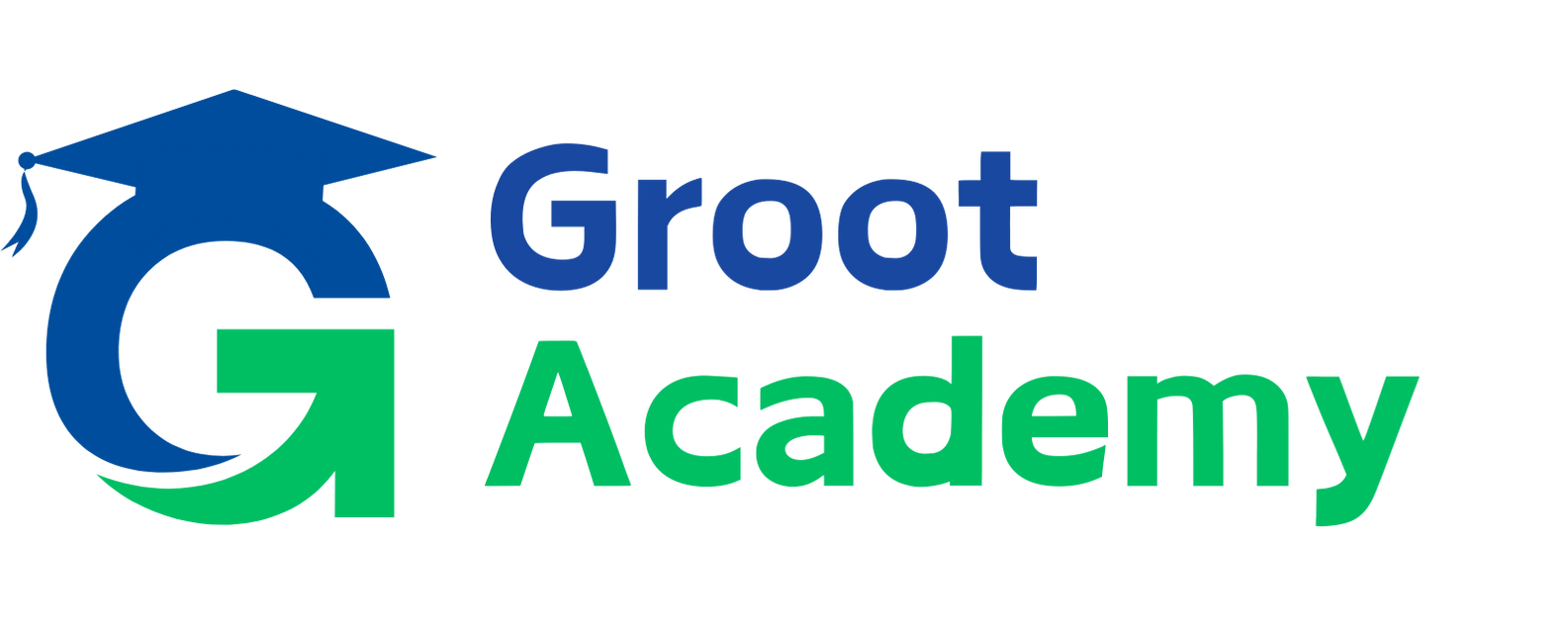Translating technical jargon for better understanding.
Translating Technical Jargon for Better Understanding
Technical jargon often creates barriers between experts and non-experts. While specialized terms serve a purpose in professional contexts, they can alienate readers who lack the background knowledge to interpret them. Translating technical jargon into simple, relatable language is essential for effective communication, whether you’re writing for customers, training employees, or sharing insights with a general audience.
In this article, we’ll explore the importance of breaking down technical jargon, strategies to simplify complex concepts, and examples of how to make technical content more accessible.
Why Simplify Technical Jargon?
- Improved Understanding: Simplified explanations bridge the knowledge gap and make complex ideas digestible.
- Audience Engagement: Clear communication keeps readers engaged and avoids frustration.
- Expanded Reach: By avoiding overly technical language, your content becomes accessible to a wider audience.
- Building Trust: Transparent communication fosters trust, especially with customers or clients.
Strategies to Translate Technical Jargon
Here are practical approaches to making technical language more understandable:
1. Know Your Audience
- Determine your audience’s level of technical expertise.
- Use language that matches their understanding and familiarity with the subject.
2. Break It Down
- Divide complex topics into smaller, manageable parts.
- Explain each component before connecting them into the bigger picture.
3. Use Analogies and Metaphors
- Relate complex concepts to everyday experiences or familiar objects.
- Example: Instead of saying “data encryption,” explain it as “locking your data with a secret code that only you can open.”
4. Avoid Unnecessary Acronyms
- Spell out acronyms on their first mention and provide a brief explanation.
- Example: “API (Application Programming Interface) is a tool that allows two systems to communicate.”
5. Incorporate Visuals
- Use diagrams, charts, and infographics to complement written explanations.
- Visual aids can make abstract ideas tangible and easier to grasp.
6. Use Plain Language
- Replace complex terms with simpler, everyday words whenever possible.
- Example: Instead of “implementing,” use “putting into action.”
7. Provide Examples
- Use specific, real-world examples to clarify abstract ideas.
- Example: Instead of “cloud storage,” say “saving files online, like how Google Drive or Dropbox works.”
8. Test Your Explanation
- Share your content with someone unfamiliar with the topic and ask for feedback.
- Refine your explanations based on their questions and confusion points.
Examples of Translating Technical Jargon
1. Machine Learning
- Technical Jargon: “Machine learning algorithms analyze large datasets to identify patterns and make predictions.”
- Simplified: “Machine learning is like teaching a computer to recognize patterns, such as spotting cats in photos or predicting what movies you’ll like.”
2. Blockchain
- Technical Jargon: “Blockchain is a decentralized ledger that records transactions securely using cryptographic techniques.”
- Simplified: “Blockchain is like a shared digital notebook that everyone agrees is accurate and can’t be changed.”
3. HTTP vs HTTPS
- Technical Jargon: “HTTPS encrypts the data exchanged between a web browser and a server, ensuring secure communication.”
- Simplified: “HTTPS is a secure version of a website’s address, protecting your data while you browse.”
When Is Jargon Appropriate?
Sometimes, technical jargon is necessary:
- Professional Communication: In conversations among experts, jargon conveys precise meaning.
- Legal or Compliance Requirements: Certain fields, like law or medicine, require specific terminology for accuracy.
- Niche Audiences: When speaking to a highly specialized audience, jargon can save time and effort.
The key is knowing when to use jargon and when to simplify it for broader understanding.
Benefits of Simplifying Technical Jargon
- Empowers Readers: Helps non-experts feel confident in understanding and applying technical concepts.
- Boosts Collaboration: Facilitates effective teamwork across departments with varying technical expertise.
- Improves Adoption: Encourages customers or clients to embrace products, services, or technologies by making them less intimidating.
- Strengthens Messaging: Simplified language ensures your key points are heard and remembered.
Tips for Developing the Skill
- Practice Writing for a Non-Technical Friend: Imagine explaining the concept to someone with no prior knowledge.
- Read Simplified Content: Study examples of technical topics written for a general audience, such as those on tech blogs or consumer education sites.
- Use Online Tools: Tools like Hemingway Editor or Grammarly can help identify overly complex sentences.
- Seek Feedback: Always test your explanations with a non-expert to ensure clarity.
Conclusion
Translating technical jargon into accessible language is a valuable skill in today’s communication-driven world. It fosters understanding, builds trust, and ensures your message reaches a wider audience. By breaking down complex concepts, using relatable examples, and focusing on your audience, you can make even the most technical topics engaging and easy to understand.
Take the time to simplify your language—it makes a world of difference!

